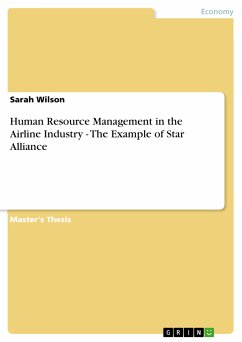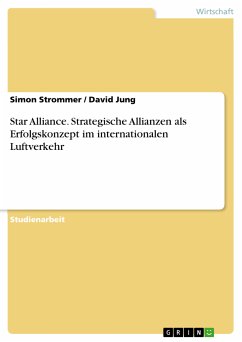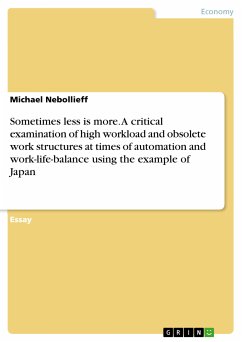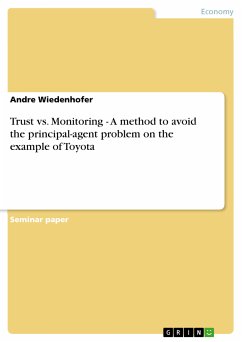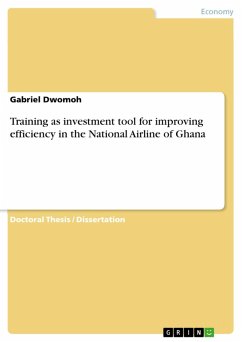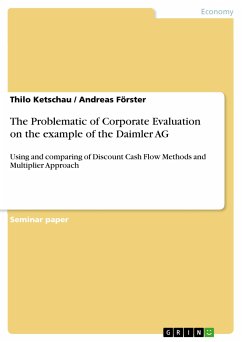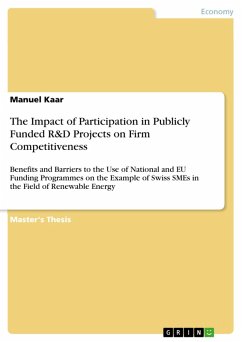Master's Thesis from the year 2005 in the subject Leadership and Human Resources - Miscellaneous, grade: 1,0, Friedrich-Alexander University Erlangen-Nuremberg (WISO), course: Internationales Management, language: English, abstract: The aim of this thesis is to explore Human Resource Management (HRM) in the passenger business of the airline industry, and in particular, the potential for standardisation of HRM in airline alliances, by using the example of Star Alliance . A first analysis immediately highlights that the area of HRM continues to be individually managed by Star Alliance's member airlines. EATON (2004, p. L) makes the assumption, "I doubt very much if Star Alliance is sufficiently cohesive to lead to significant changes, let alone convergence, in HRM practices". This belief is to be explored. This thesis will have four main objectives. The first objective is to identify potential benefits and costs to the alliance that could be associated with a standardised HRM-policy . These advantages and disadvantages will be grouped according to the six L's (learning, leaning, leveraging, linking, leaping, and locking out), as defined by PREECE (1995) (see 3.1). Secondly, the author would like to use a theoretical model, the integration-responsiveness grid of PRAHALAD/DOZ (1986; 1987), to capture the pressures, which make the strategies of standardisation or individualisation critical. This model will be applied to the airline industry, and to an organisational (Star Alliance), and functional (HRM) context (see 3.2). The third objective is to analyse the extent to which the members of Star Alliance apply standardised, as apposed to individualised HRM instruments in reality, and to consider whether Star Alliance airlines are increasingly or decreasingly standardising the HRM-field (see 3.3). Finally, the author would like to discus the reasons to explain the findings of section 3.3 (see 3.4).
Dieser Download kann aus rechtlichen Gründen nur mit Rechnungsadresse in A, B, BG, CY, CZ, D, DK, EW, E, FIN, F, GR, HR, H, IRL, I, LT, L, LR, M, NL, PL, P, R, S, SLO, SK ausgeliefert werden.

